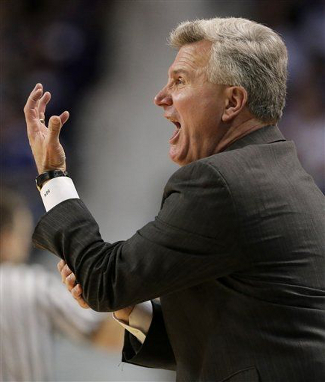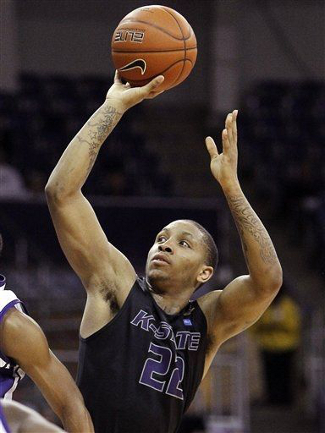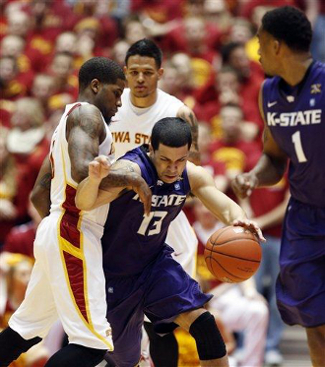Texas Longhorns (9-10 overall, 1-5 Big 12) at #18/21 Kansas State Wildcats (15-4, 4-2)
Bramlage Coliseum | Manhattan, KS | Tip: 7 P.M. CT | TV: ESPN2
LRT Consecutive Game #240
The Texas Longhorns finally earned their first conference win on Saturday night, taking care of a Texas Tech team that should finish the season at the bottom of the Big 12 standings. Texas looked rejuvenated, hustling to loose balls and pressuring the Red Raiders into mistakes. While excitement was certainly tempered by the quality of opponent, geting over that hump and finally earning a league win was a big accomplishment for this young team. After three narrow losses in Big 12 play and a heartbreaking loss to UCLA in the non-con, the win was a much-needed boost of confidence.
With four games still remaining until the return of point guard Myck Kabongo and with Jonathan Holmes out at least three weeks with a broken bone in his hand, the young Longhorns face long odds in trying to climb back towards .500 in league play. Increasing the difficulty level are a pair of tough road trips over the next week, as the Horns head to Kansas State tonight and West Virginia on Monday. Although Texas is just 1-8 away from the Erwin Center and winless in true road games, stealing a victory in either one of those games would go a long way in the team’s fight to get back to the middle of the pack.

The Wildcats haven’t missed a beat under Bruce Weber
(Photo credit: Charlie Riedel/Associated Press) 
Rodney McGruder is the senior leader for K-State
(Photo credit: Brandon Wade/Associated Press) 
Angel Rodriguez has drastically reduced his turnovers
(Photo credit: Matthew Putney/Associated Press) |











